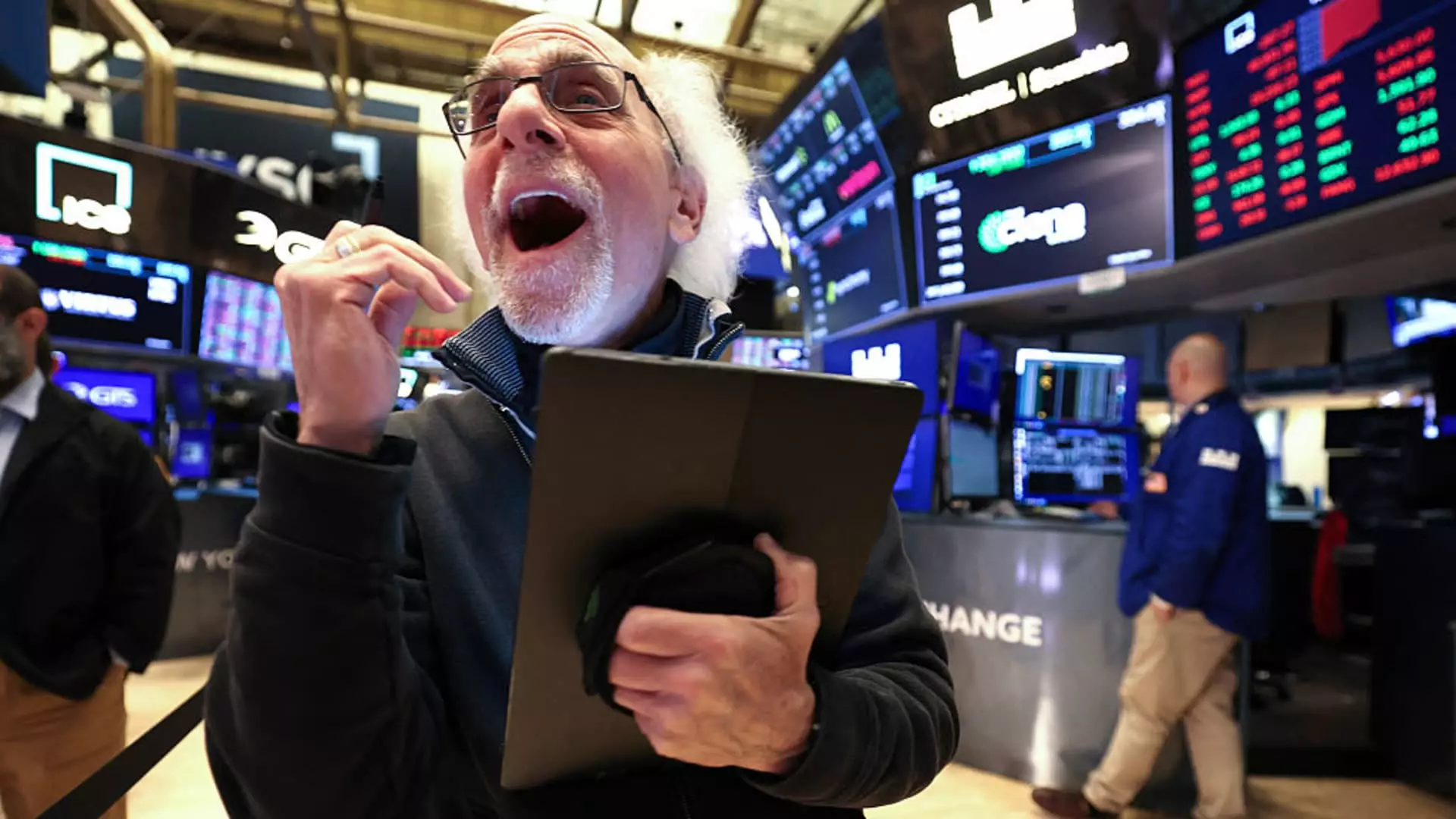The U.S. stock market’s recent performance is nothing short of astonishing, defying many expectations and the multiple pressures weighing on the economy. Just a few months ago, markets were rattled by President Trump’s aggressive tariff announcements and the chilling implications of escalating trade tensions, particularly with China. The fear was palpable: rising tariffs could throttle global supply chains, choke semiconductor exports, and inflict long-term damage on growth prospects. These fears briefly sent stocks plunging, especially technology-heavy indexes like the Nasdaq. However, in an unexpected twist, equities have since embarked on an impressive comeback, with the S&P 500 and Nasdaq reaching historic highs despite the lingering fog of uncertainty.
This phenomenon raises a provocative question: is Wall Street displaying a commendable, if cautious, vote of confidence in American economic resilience—or is it caught up in another bubble born from misleading narratives and misplaced optimism?
Artificial Intelligence: The Market’s New Power Engine
One of the clearest drivers behind the market’s gusty rally is the revival of enthusiasm for artificial intelligence (AI). Early fears that trade tensions would dry up semiconductor supply and curb AI investments have largely faded. Companies like Nvidia and Broadcom have led a robust rebound, fueled by strong quarterly earnings and fresh deals that reassert their centrality to the digital economy.
Nvidia’s surge to a valuation nearing $4 trillion is not merely a testament to investor hype; it signals that AI technology remains a bedrock for future growth, with demand for cutting-edge chips growing unabated. The infusion of Nvidia’s chips into international deals—such as the one with Saudi Arabia—illustrates AI’s broad geopolitical and economic implications. Meanwhile, tech giants like Microsoft, with its Azure cloud infrastructure, continue to benefit from being indispensable to AI’s operational backbone.
Yet, there’s reason to temper this enthusiasm. The AI sector’s outsized valuations could signal overheated expectations. Investors are betting heavily on future growth that, while promising, remains speculative and vulnerable to regulation, geopolitical strife, and technological setbacks. Moreover, deploying AI chips internationally introduces complex dynamics: it potentially empowers foreign actors who might not align with American strategic interests, complicating the simplistic narrative of tech dominance.
Defense Stocks: A Reflection of Geopolitical Anxiety
Amid global conflicts and rising cybersecurity threats, investors have understandably sought shelter in defense and cybersecurity stocks. Companies like CrowdStrike have soared as demand for virtual protection intensifies in an increasingly volatile world. These stocks serve as a sobering reminder that economic prosperity cannot be decoupled from geopolitical risks.
This defensive positioning reflects a broader unease: while the market may celebrate record highs, the reality outside Wall Street remains fraught with instability, from Middle Eastern conflicts to cyber warfare that can strike anywhere, often anonymously. It’s telling that financial gains in defense sectors come not from hope but from fear—fear that drives governments and corporations to spend heavily on security.
Economic Resilience or Illusion? The Complex Role of the Fed and Corporate Deals
Federal Reserve Chair Jerome Powell’s recent comments praising the economy’s “solid” state have helped bolster market confidence. The Fed’s indication of a willingness to hold rates steady, rather than aggressively cut them, suggests a level of macroeconomic stability that investors find reassuring. This stance supports a fertile environment for IPOs and investment banking activity, evidenced by Goldman Sachs’ surge following its leadership in high-profile offerings.
However, this optimism about economic resilience should not be taken at face value. The broader economy is navigating challenges such as wage stagnation, inflationary pressures, and structural inequalities that aren’t reflected in stock prices. The stock market’s performance is, in many ways, an imperfect proxy for economic health. When banks like Goldman thrive due to increased IPO activity, it signals ongoing capital flow into the system, but this does not guarantee broad-based prosperity or address underlying social fissures.
Furthermore, the excitement around major corporate acquisitions, such as Capital One’s $35 billion purchase of Discover, illustrates how consolidation can sometimes mask systemic weaknesses. While investor sentiment punches higher with these moves, they can also lead to concerns about reduced competition and the concentration of financial power—not necessarily good outcomes from a socio-economic justice perspective.
A Market Riding Multiple Wave Currents
To understand the current market surge, one must recognize it as a confluence of three intertwined forces: the technological optimism rooted in AI, the defensive flight towards cybersecurity amid geopolitical risks, and the perceived sturdiness of the U.S. economy buoyed by monetary policy and corporate deal-making. This cocktail has produced an impressive rally that masks significant underlying tensions.
From a moderate liberal viewpoint, this rally is a double-edged sword. On one hand, it underscores America’s innovative capacity and the crucial role of forward-looking sectors such as AI. On the other, it highlights systemic imbalances—markets soaring while many Americans face economic hardship and deepening inequality. Reliance on tech giants’ valuation spikes and defensive stocks is not enough to ensure a broadly shared prosperity.
The market is not acting out of pure logic; it is responding to narratives of resilience and opportunity, yet these narratives risk ignoring or downplaying real-world frictions. Investors must approach this record-breaking market with a healthy skepticism, recognizing that headline numbers paint only part of the picture, and that robust, inclusive economic progress requires more than Wall Street’s bullish sentiment.

